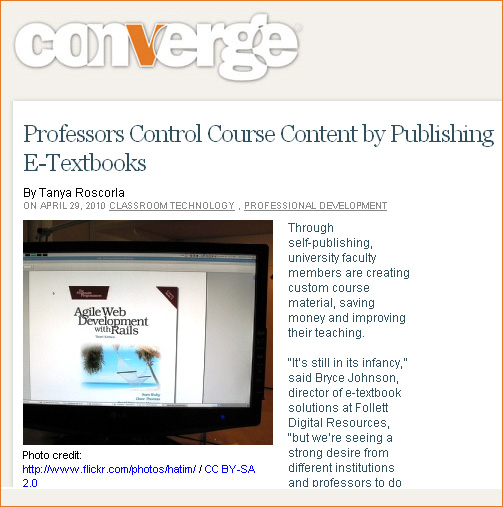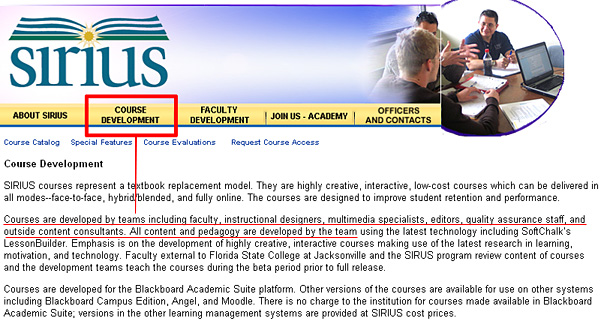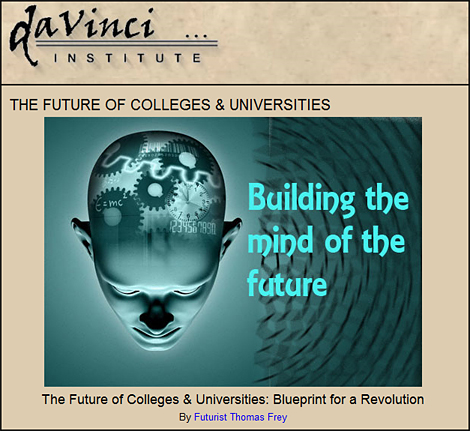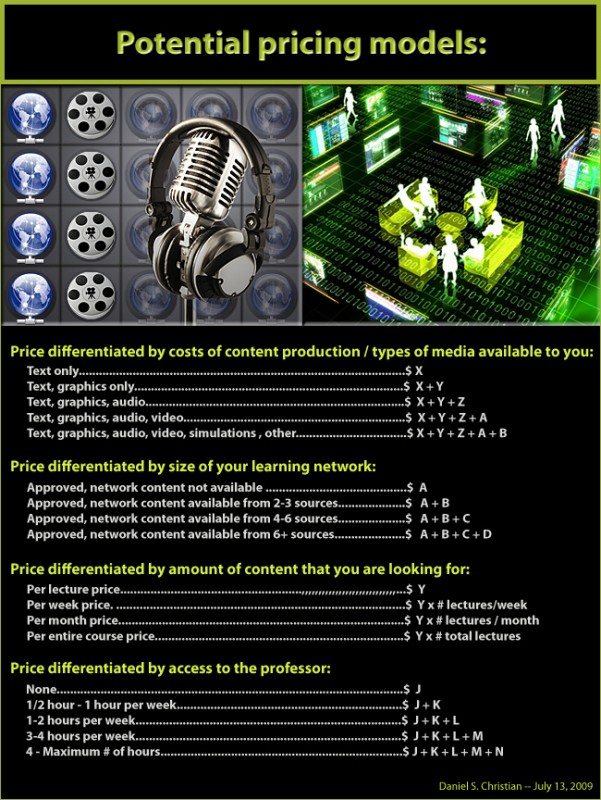
Earn more, charge less
He also spends less money publishing them. With his original textbook, he printed 3,000 copies and had to store them, so he didn’t break even for a while. That’s not the case with creating e-textbooks.
“You don’t have to have a bunch of books laying around, you don’t have to have the initial startup costs,” Chamberlain said, “and then you can send that savings on back to the students.”
For the past five years, Florida State College at Jacksonville has been driving down the cost of textbooks for its students through the SIRIUS initiative. SIRIUS brings together between 50 and 75 faculty members to create course material and textbooks for classes they’re qualified to teach, said Chief Operations Officer Jack Chambers. So far, they’ve developed 20 interactive general education courses.
The textbooks cost $60.98 in print, but this fall, they will publish online through CafeScribe at a price of $48 each. Eleven other colleges will use them as well.
Before the courses publish, a team of content specialists, instructional designers, quality assurance staff and multimedia personnel review them, as do expert faculty members outside the college (emphasis DSC).















